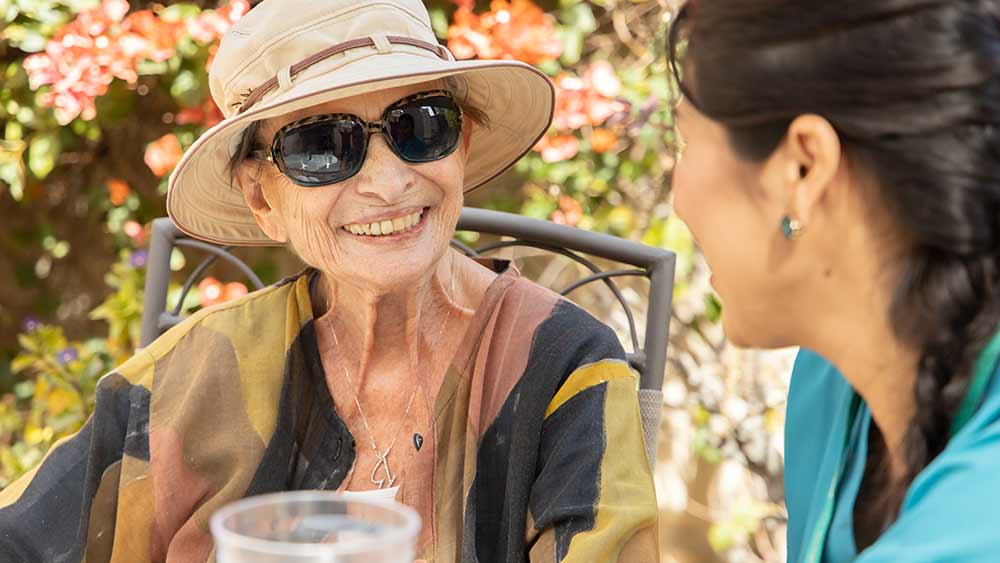

10 Things You Might Not Know About UV Safety
It’s the “good old summertime,” as the old song goes, and people are spending lots of time outside. The importance of protecting oneself from the sun’s harmful ultraviolet rays is nothing new. No matter what their skin tone, smart people go outside with hats, broad-spectrum sunscreen (which blocks both UVA and UVB rays), and other ways to prevent sun damage to their skin.
Are you getting enough protection? Here are some lesser-known facts about UV safety that might surprise you:
- UV rays can penetrate clothing: Some people believe that wearing clothing provides full protection against UV rays. However, standard summer clothing, like a typical T-shirt, only offers an average sun protection factor (SPF) of 15. Look for specific sun-protective clothing and hats that offer a high ultraviolet protection factor (UPF).
- Clouds don’t offer complete protection: A common misconception is that you’re safe from UV radiation on cloudy days. While cloud cover can reduce the amount of UV radiation, it doesn’t completely block it. You can still get a sunburn on an overcast day.
- Snow, sand and water increase UV exposure: These surfaces reflect the sun’s rays and can increase exposure to UV radiation. This is why people often get severe sunburns while snow skiing or playing in the water.
- UV rays can harm your eyes: Overexposure to UV radiation can lead to long-term eye problems such as cataracts and age-related macular degeneration. Wearing sunglasses that block 100% of UVA and UVB rays is an important part of protecting your eyes.
- Altitude increases UV exposure: The higher the altitude, the greater the UV radiation because there’s less atmosphere to absorb the harmful rays. For every 1,000-meter increase in altitude (about 3,200 feet), UV levels increase by 10% to 12%.
- Window glass only blocks UVB rays: Most windows block UVB rays but not UVA rays (which make up about 95% of the sun’s rays). This means you can still get sun damage while sitting by a window or driving a vehicle, although the risk is significantly reduced compared to direct sun exposure.
- Certain medications can increase your sensitivity to UV radiation: Some medications, including certain antibiotics, can make your skin more sensitive to sunlight, increasing the risk of sunburn.
- UV radiation can contribute to skin aging: Prolonged exposure to UV radiation can not only cause skin cancer but also accelerate skin aging, causing wrinkles and age spots.
- Artificial sources of UV radiation: Tanning beds, welding machines, and some types of lasers produce UV radiation that can be harmful.
- UV index: The UV index, which provides important information about the strength of the sun’s UV rays in different areas at different times, is something many people are not aware of. The higher the UV index, the greater the dose rate of skin-damaging (and eye-damaging) UV rays. A quick internet search will bring up your local UV index. The Environmental Protection Agency has a free smartphone app for both Apple and Android.
Both types of UV radiation—UVA and UVB—contribute to the risk of skin cancer. Be sure to protect your skin well whenever you’re catching rays.
How Right at Home Can Help
Right at Home’s trained and compassionate caregivers can provide companionship services and daily health reminders, such as regularly applying sunscreen when out and about. They can also provide medication reminders, help with hygiene, and ensure the overall daily well-being of seniors. Find out more by contacting the office nearest you and asking for a FREE in-home care assessment.







